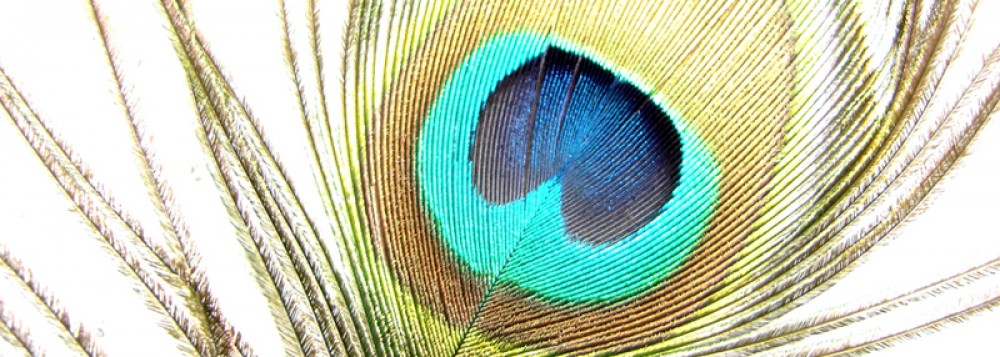Let drama and dance (Nātya, नाट्य) be the fifth vedic scripture. Combined with an epic story, tending to virtue, wealth, joy and spiritual freedom, it must contain the significance of every scripture, and forward every art.
— First chapter of Nātyaśāstra, sometime between 200BC – 200AD
India has had a long romance with the art of dance. Nātyaśāstra (Science of Dance) and Abhinaya Darpana (Mirror of Gesture) are two surviving Sanskrit documents, both estimated to be between 1700 to 2200 years old.
The Indian art of dance as taught in these ancient books, according to Ragini Devi, is the expression of inner beauty and the divine in man. It is a deliberate art, nothing is left to chance, each gesture seeks to communicate the ideas, each facial expression the emotions.
Indian dance includes eight classical dance forms, many in narrative forms with mythological elements. The eight classical forms accorded classical dance status by India’s National Academy of Music, Dance, and Drama are: bharatanatyam of the state of Tamil Nadu, kathak of Uttar Pradesh, kathakali and mohiniattam of Kerala, kuchipudi of Andhra Pradesh, yakshagana of Karnataka, manipuri of Manipur, odissi (orissi) of the state of Odisha and the sattriya of Assam.
In addition to the formal arts of dance, Indian regions have a strong free form, folksy dance tradition. Some of the folk dances include the bhangra of Punjab; the bihu of Assam; the zeliang of Nagaland; the chhau of Jharkhand; the qauwwalis, birhas and charkulas of Uttar Pradesh; the jat-jatin, nat-natin and saturi of Bihar; the ghoomar of Rajasthan; the dandiya and garba of Gujarat; the kolattam of Andhra Pradesh; the yakshagana of Karnataka ; lavani of Maharashtra;Dekhnni of Goa; Karakattam, Oyilattam, and mayilattam of Tamil Nadu.
Recent developments include adoption of international dance forms particularly in the urban centres of India, and the extension of Indian classical dance arts by the Kerala Christian community, to tell stories from the Bible.
Drama and theatre
Main article: Theatre in India
Indian drama and theatre has a long history alongside its music and dance. Kalidasa’s plays like Shakuntala and Meghadoota are some of the older dramas, following those of Bhasa. One of the oldest surviving theatre traditions of the world is the 2,000-year-old Kutiyattam of Kerala. It strictly follows the Natya Shastra.[105] Nātyāchārya Māni Mādhava Chākyār is credited for reviving the age old drama tradition from extinction. He was known for mastery of Rasa Abhinaya. He started to perform the Kalidasa plays like Abhijñānaśākuntala, Vikramorvaśīya and Mālavikāgnimitra; Bhasa’s Swapnavāsavadatta and Pancharātra; Harsha’s Nagananda.
Music
Images of musical instruments drawn by Pierre Sonnerat, the French explorer, in 1782 during his voyage through India.
Main article: Music of India
Music is an integral part of India’s culture. Natyasastra, a 2000-year-old Sanskrit text, describes five systems of taxonomy to classify musical instruments.[108] One of these ancient Indian systems classifies musical instruments into four groups according to four primary sources of vibration: strings, membranes, cymbals, and air. According to Reis Flora, this is similar to the Western theory of organology. Archeologists have also reported the discovery of a 3000-year-old, 20-key, carefully shaped polished basalt lithophone in the highlands of Odisha.
The oldest preserved examples of Indian music are the melodies of the Samaveda (1000 BC) that are still sung in certain Vedic Śrauta sacrifices; this is the earliest account of Indian musical hymns. It proposed a tonal structure consisting of seven notes, which were named, in descending order, as Krusht, Pratham, Dwitiya, Tritiya, Chaturth, Mandra and Atiswār. These refer to the notes of a flute, which was the only fixed frequency instrument. The Samaveda, and other Hindu texts, heavily influenced India’s classical music tradition, which is known today in two distinct styles: Carnatic and Hindustani music. Both the Carnatic music and Hindustani music systems are based on the melodic base (known as Rāga), sung to a rhythmic cycle (known as Tāla); these principles were refined in the nātyaśāstra (200 BC) and the dattilam (300 AD).
The current music of India includes multiple varieties of religious, classical, folk, popular and pop music.
Prominent contemporary Indian musical forms included filmi and Indipop. Filmi refers to the wide range of music written and performed for mainstream Indian cinema, primarily Bollywood, and accounts for more than 70 percent of all music sales in the country. Indipop is one of the most popular contemporary styles of Indian music which is either a fusion of Indian folk, classical or Sufi music with Western musical traditions.
